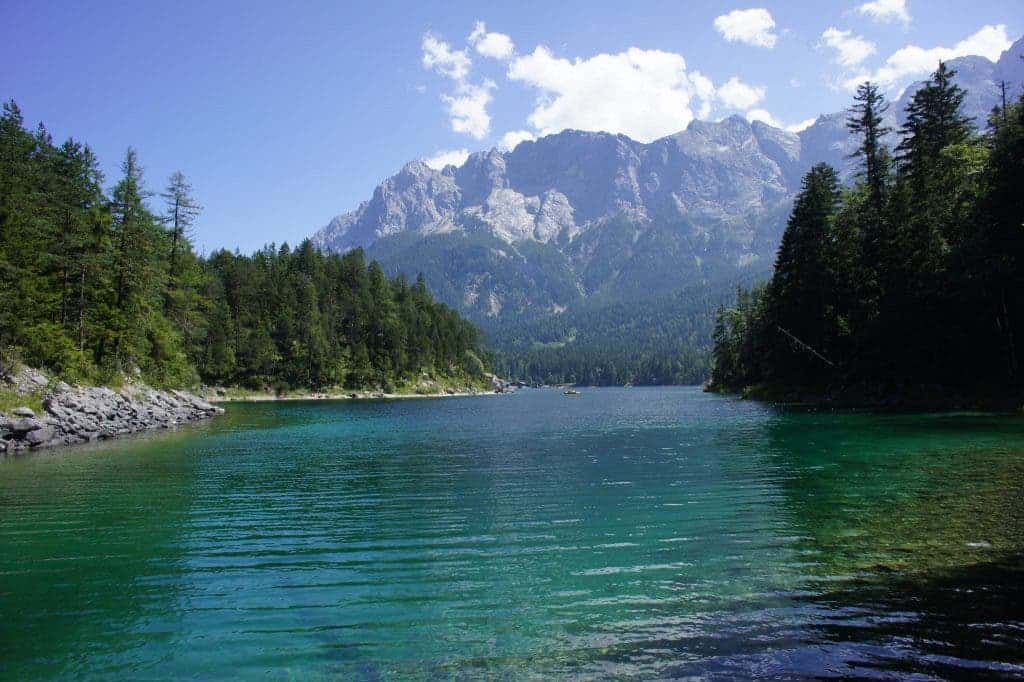Oxygen levels in many of the world’s freshwater lakes are declining rapidly — even faster than in the oceans — and this is suffocating wildlife and threatening drinking water supplies, a new study reports. Oxygen levels fell by 19% in deep waters and 5% at the surface of lakes since 1980 — three to nine times faster than in the oceans.

Previous studies have extensively reported on the declining oxygen levels in the ocean because of climate change. But lakes have been largely ignored, despite their importance for both wildlife and human communities. They comprise 3% of the planet’s land surface but are home to the bulk of the world’s biodiversity, making any alteration because of climate change concerning.
“All complex life depends on oxygen. It’s the support system for aquatic food webs. And when you start losing oxygen, you have the potential to lose species,” Kevin Rose, co-author, said in a statement. “Lakes are losing oxygen 2.75-9.3 times faster than the oceans, a decline that will have impacts throughout the ecosystem.”
The researchers looked at the effect of declining oxygen levels on lakes, analyzing more than 45,000 dissolved oxygen samples and temperature trends across 393 temperate lakes in North America and Europe. They looked at temperatures at the surface and deep-water levels as well as the concentration of dissolved oxygen. The team identified rising temperatures as the main cause behind lake’s oxygen loss, as warmer water can’t hold as much oxygen as cooler ones.
Physics further amplifies the problem. When water gets hotter, it is lighter and floats towards the surface of the lake. This hotter, oxygen-poorer water stays at the surface of the lake, while more of the oxygen supply falls towards the bottom.
The good, the bad, and the cyanobacteria
Researchers also observed an effect which, at first glance, is a way to counterbalanace this effect. When lakes get hotter (and especially if they are also polluted with nutrient-rich runoff), cyanobacteria blooms become more likely. These bacteria produce a lot of oxygen through photosynthesis, but this is not a healthy process for the lake.
“The fact that we’re seeing increasing dissolved oxygen in those types of lakes is potentially an indicator of widespread increases in algal blooms, some of which produce toxins and are harmful. Absent taxonomic data, however, we can’t say that definitively, but nothing else we’re aware of can explain this pattern,” Rose said in a statement.
The concentration of oxygen in aquatic systems influences biodiversity, nutrient biogeochemistry, greenhouse gas emissions, the quality of drinking water, and, ultimately, human health. Many aquatic species require well-oxygenated habitats and cool water to survive warm summers. Loss of oxygen degrades water quality by promoting the release of accumulated nutrients from sediments into water.
“Lakes are indicators or ‘sentinels’ of environmental change and potential threats to the environment because they respond to signals from the surrounding landscape and atmosphere,” lead author Stephen Jane said in a statement. “We found that these disproportionally more biodiverse systems are changing rapidly.”
The study was published in the journal Nature.



